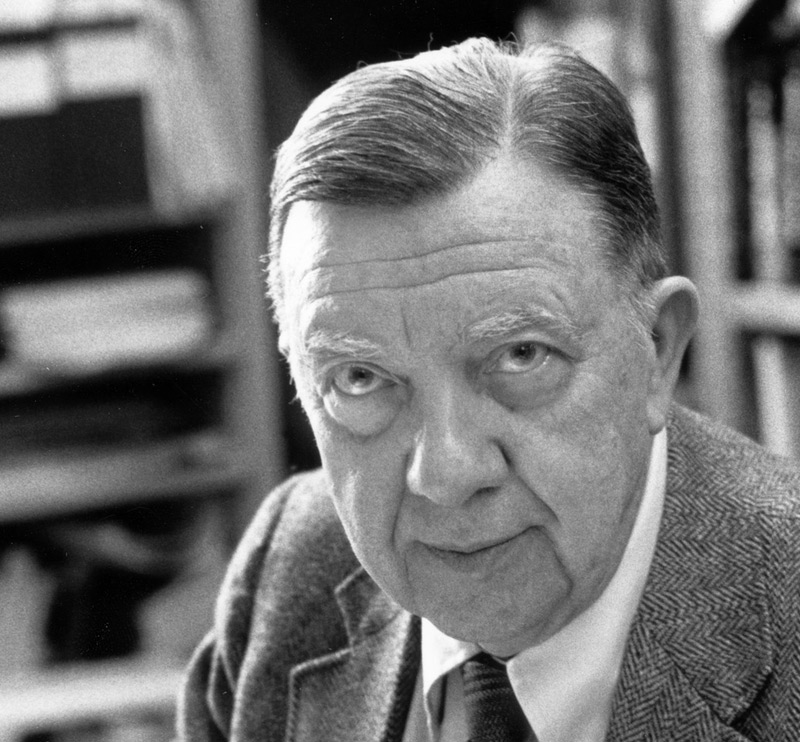James A. Van Allen’s career was truly out of this world.
Van Allen, a longtime professor of physics and astronomy at the University of Iowa, launched Explorer 1, the first successful space satellite of the United States, and as a result, discovered the Earth-circling radiation belts that now bear his name.
His contributions served an important role in the formation of America’s space program, and working with NASA, he helped plan the initial suite of space-based observations and experiments. He guided the Venus 2 probe to Venus, making it the first successful mission to another planet, and laid the groundwork for dozens of other probes, including Voyager, to conduct research.
And he didn’t just promote space exploration through this physical work; he was an outspoken advocate before most. This, combined with his expertise, made him one of the most sought-after scientific advisers—in academia, in the highest levels of government and in the scientific community.
Van Allen, a native of Iowa, received his bachelor’s degree from Iowa Wesleyan College, and both his master’s degree and Ph.D.—in various physics disciplines—from the University of Iowa.
After graduation, he began working with the Department of Terrestrial Magnetism at the Carnegie Institute, where, with the approach of World War II, he was asked to develop photoelectric and radio proximity fuses for bombs, rockets and projectiles.
He continued this type of weapons work at the Applied Physics Laboratory at Johns Hopkins University, and in just a few years, he was a commissioned as an officer in the Navy. It wasn’t until after the war that Van Allen became a pioneer in space-related activities.
By Sydni Dunn







